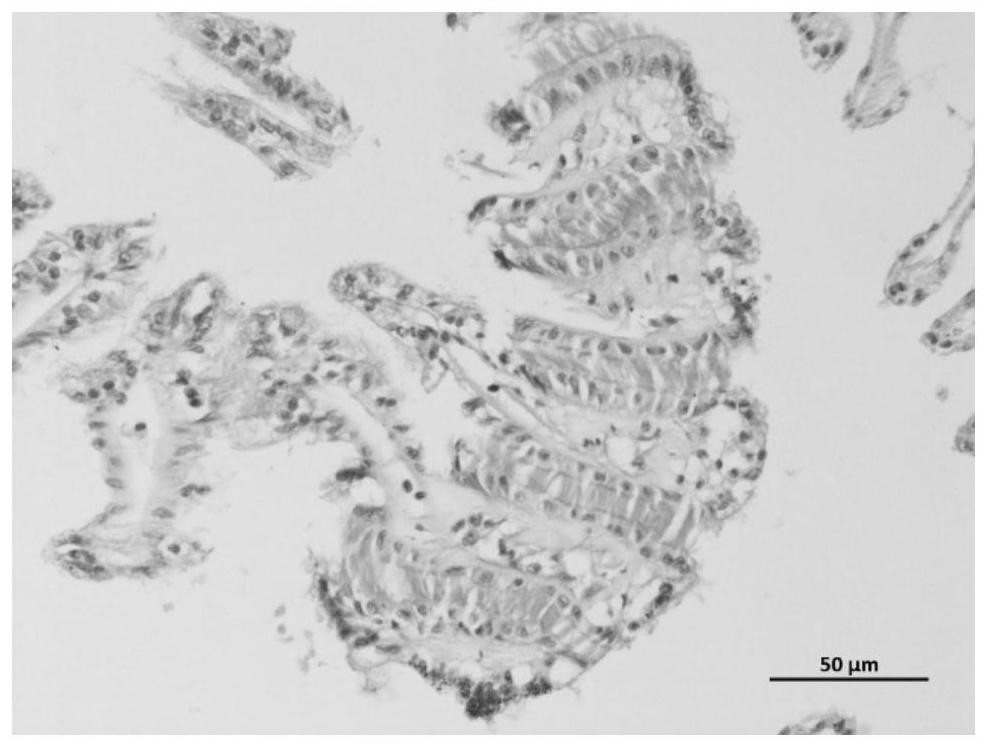Method for judging low-temperature injury degree of chlamys nobilis
A technology for judging the degree of low temperature damage of scallops and scallops is applied in the field of judging the degree of low temperature damage of shellfish and judging the degree of low temperature damage of Huagui scallops.
- Summary
- Abstract
- Description
- Claims
- Application Information
AI Technical Summary
Problems solved by technology
Method used
Image
Examples
Embodiment
[0118] The establishment principle of low temperature damage judgment comparison standard is as follows:
[0119] During the cooling process, it was found that scallops had obvious low temperature stress state, and the low temperature damage state of scallops became more and more obvious as the temperature decreased. : No damage, low temperature secondary damage, low temperature primary damage. Undamaged: it can be directly used as broodling; secondary damage of low temperature: it can still be used as broodling after rewarming after low temperature stimulation; primary damage of low temperature: it cannot be used as broodling after low temperature stimulation.
[0120] Six scallops were sampled according to different states, classified according to whether they could be used as broodstock, and the fat content in the digestive gland and the glycogen content in the adductor muscle were detected. The test results are shown in Table 1:
[0121] Table 1 Detection results of fat c...
PUM
 Login to View More
Login to View More Abstract
Description
Claims
Application Information
 Login to View More
Login to View More - R&D
- Intellectual Property
- Life Sciences
- Materials
- Tech Scout
- Unparalleled Data Quality
- Higher Quality Content
- 60% Fewer Hallucinations
Browse by: Latest US Patents, China's latest patents, Technical Efficacy Thesaurus, Application Domain, Technology Topic, Popular Technical Reports.
© 2025 PatSnap. All rights reserved.Legal|Privacy policy|Modern Slavery Act Transparency Statement|Sitemap|About US| Contact US: help@patsnap.com



